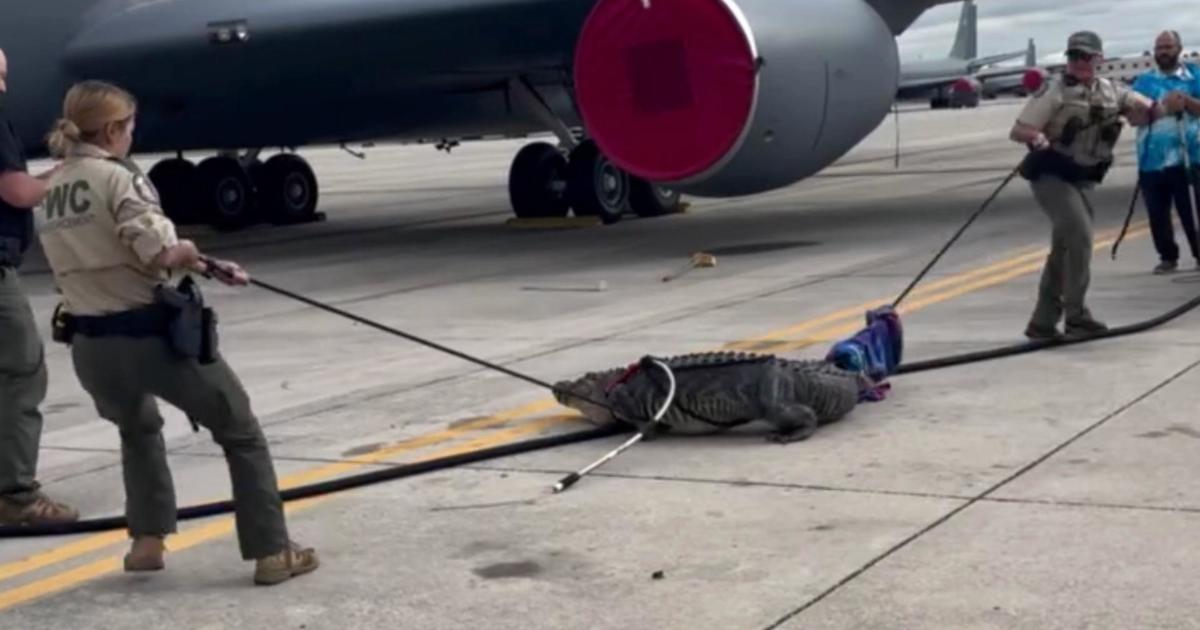SpaceX suffers Crew Dragon engine test mishap
A SpaceX commercial crew capsule suffered a dramatic "Super Draco" abort engine test failure at the Cape Canaveral Air Force Station Saturday, sending billowing clouds of reddish-orange smoke wafting into sky and out to sea. No injuries were reported.
In a brief two-paragraph statement, SpaceX said company engineers were carrying out a series of engine tests "on a Crew Dragon test vehicle" at Landing Zone 1 at the Air Force station when the incident occurred.
"The initial tests completed successfully but the final test resulted in an anomaly on the test stand," the company said. "Ensuring that our systems meet rigorous safety standards and detecting anomalies like this prior to flight are the main reasons why we test. Our teams are investigating and working closely with our NASA partners."
The company did not say whether the "anomaly" amounted to an explosion or not, but the aftermath was visible for miles along area roads and beaches, a plume or reddish smoke that drifted away to the east over the Atlantic Ocean.
The incident, first reported by Florida Today, could have a major impact on NASA and SpaceX plans to launch astronauts to the International Space Station aboard a Crew Dragon capsule later this year. The long-awaited flight will mark the first U.S. launch of American astronauts aboard a U.S. spacecraft since the space shuttle was retired in 2011.
To help pave way for that milestone, SpaceX launched an unpiloted Crew Dragon on March 2 that carried out a successful test flight to the space station and a safe return to Earth. The mission was known as Demo 1, or DM-1.
The Demo 1 capsule was slated to fly again in the early summer timeframe for an in-flight abort test, firing up its Super Draco engines shortly after launch atop a Falcon 9 rocket to demonstrate their ability to pull a crew capsule away from a malfunctioning booster.
Following the abort test, SpaceX was expected to ready a second Crew Dragon for blastoff on a flight known as Demo 2 to carry astronauts Robert Behnken and Douglas Hurley to the space station.
SpaceX did not identify the Crew Dragon involved in the mishap Saturday, but it was believed to be the Demo 1 capsule, undergoing hot fire tests of its Draco maneuvering thrusters and the more powerful Super Draco abort engines. No other Crew Dragon test vehicles were known to be on site.
In any case, NASA Administrator Jim Bridenstine confirmed the anomaly occurred during a Super Draco test.
"The NASA and SpaceX teams are assessing the anomaly that occurred today during a part of the Dragon Super Draco Static Fire Test at SpaceX Landing Zone 1 in Florida," he said. "This is why we test. We will learn, make the necessary adjustments and safely move forward with our Commercial Crew Program."
The Florida Today newspaper tweeted a photo showing a billowing red cloud, suggestive of the toxic hypergolic propellants used in the Draco engines, rising above the Air Force Station as beach goers looked on. A later tweet cited "unconfirmed reports" the capsule, whichever one it might have been, was "all but destroyed."
If the Demo 1 Crew Dragon was, in fact, destroyed or seriously damaged -- and neither NASA nor SpaceX provided any such confirmation -- the first piloted mission could face a significant delay pending corrective actions and work to ready another spacecraft for the in-flight abort test originally planned for the Demo 1 vehicle.
SpaceX and Boeing are both building capsules to carry astronauts to and from the International Space Station under commercial contracts with NASA that are aimed at ending the agency's sole reliance on Russian Soyuz spacecraft to ferry U.S. and partner astronauts to low-Earth orbit.
NASA has awarded Boeing multiple contracts totaling $4.82 billion to develop a commercial crew ship now known as the CST-100 Starliner, a capsule that will launch from the Cape Canaveral Air Force Station atop a United Launch Alliance Atlas 5 rocket.
SpaceX also won a series of contracts totaling some $3.1 billion to date to develop a piloted version of the company's Dragon cargo ship -- the Crew Dragon -- that will launch atop Falcon 9 rockets. The company holds a separate cargo contract valued at $3.04 billion for 20 space station resupply flights and another contract for an unspecified amount for at least six additional flights through 2024.
SpaceX successfully launched a Crew Dragon capsule on an unpiloted test flight March 2. That capsule was slated to be used for an upcoming in-flight abort test, the second of two intended to prove the spacecraft can escape from a malfunctioning booster, before a crew will be cleared for launch.
The first piloted flight, with Behnken and Hurley on board, is currently targeted for late July. But even before Saturday's anomaly, agency insiders were saying the flight likely was headed for the September-October timeframe. Again, what impact Saturday's mishap might have on those plans is not yet known.
Boeing's first unpiloted Starliner flight is tentatively planned for August with the first piloted flight expected late this year.
Once operational, the Crew Dragon and CST-100 Starliner both will carry supplies and four astronauts at a time to the space station and both will approach the lab from directly ahead or above, docking at recently modified ports at the front end of the complex. The Starliner will return to a touchdown in the western United States while the Crew Dragon splashes down in the Atlantic Ocean east of Cape Canaveral.




